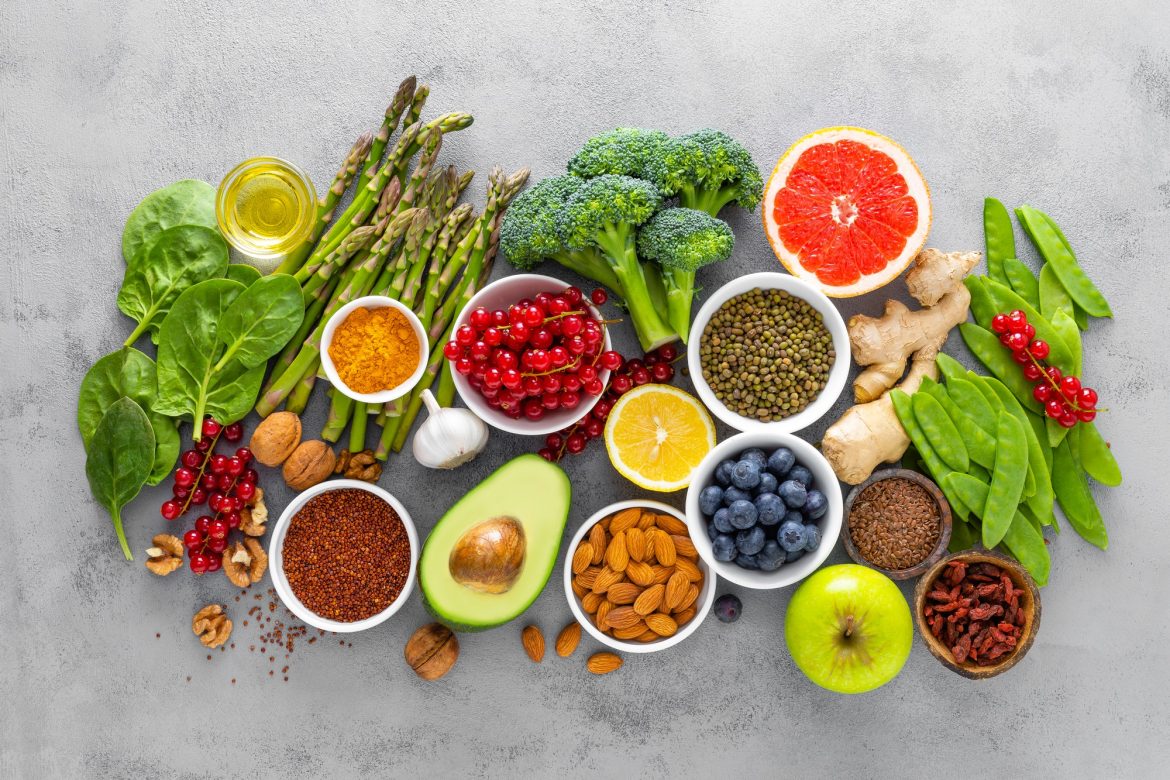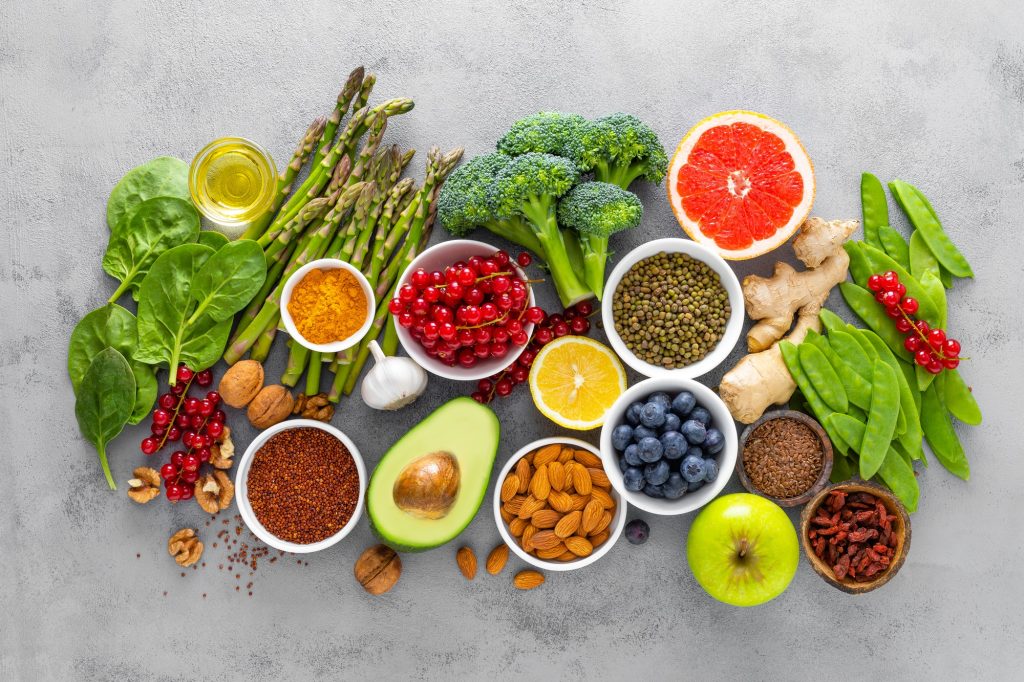
Can you call your grandmother’s beloved bread pudding a healthy recipes? Scrumptious as it may be, it probably isn’t what you’d call healthy. Don’t despair. With some simple changes, you can enjoy that bread pudding without guilt.
Try these tips to reduce the fat, calories and salt in your favorite recipes.
Try the following techniques for transforming unhealthy recipes into healthy ones — without losing out on taste. Once you’ve mastered these tips, get creative and experiment with other ways of creating healthy recipes.

1. Reduce the amount of fat, sugar and salt
You often can reduce the amount of fat, sugar and salt without sacrificing flavor in healthy recipes. Use these general guidelines:
- Fat. For baked goods, use half the butter, shortening or oil and replace the other half with unsweetened applesauce, mashed banana or prune puree. You can also use commercially prepared fruit-based fat replacers found in the baking aisle of most grocery stores.
- Sugar. Reduce the amount of sugar by one-third to one-half. Instead, add spices such as cinnamon, cloves, allspice and nutmeg, or flavorings such as vanilla or almond extract to boost sweetness.
- Salt. For most main dishes, salads, soups and other foods, you can reduce the salt by half or even eliminate it. You can reduce salt by half in baked goods that don’t require yeast too. For foods that require yeast, you may need to experiment. Some salt may be necessary for leavening to keep baked goods from being too dense or flat.
2. Make a healthy substitution
Healthy substitutions not only reduce the amount of fat, calories and salt in your recipes but also can boost the nutritional content.
- Pasta. Use whole-wheat pasta instead of enriched pasta. You’ll almost triple the fiber. (4.5g vs 1.8g and 156 vs 157 calories)
- Milk. Prepare a dessert with fat-free milk instead of whole milk to save more than 60 calories and 7 grams of fat per cup.
- Meat. When making casseroles, scale back on meat, poultry or fish and increase the amount of vegetables. You’ll save on calories and fat while gaining more vitamins, minerals and fiber.
3. Eliminate or cut back on some ingredients
In some recipes, you can eliminate an ingredient altogether or scale back the amount you use.
- Toppings. Eliminate items you generally add out of habit or for appearance, such as frosting, coconut or whipped cream toppings, which are all high in fat and calories.
- Condiments. Cut condiments, such as pickles, olives, butter, mayonnaise, syrup, jelly and mustard, which can have large amounts of salt, sugar, fat and calories. Use fresh condiments such as cucumbers vs pickles, cherry tomatoes vs olives, non-fat or reduced fat spreads vs butter or mayonnaise. Instead of syrup or jelly, try fresh berries that are mashed, or thin slices of fresh apples, peaches or pears. Use low-sodium soy sauce in a smaller amount than a recipe calls for to decrease the amount of salt.
- Cheese. If a recipe calls for 1 cup of shredded cheddar cheese, use 1/2 cup instead.
4. Change cooking and prep techniques
Healthy cooking techniques can capture the flavor and nutrients of your food without adding excessive amounts of fat, oil or salt. Try these preparation techniques for healthy recipes.
- Cooking method. Healthy cooking techniques include braising, broiling, grilling, poaching, sauteing and steaming.
- Basting liquid. If the directions say to baste the meat or vegetables in oil or drippings, use a small amount of wine, fruit juice, vegetable juice or fat-free vegetable broth instead.
- Nonstick cookware. Using nonstick pans or spraying pans with nonstick spray will further reduce the amount of fat and calories added to your meals.
5. Downsize portion size
No matter how much you reduce, switch or omit ingredients, some dishes may still be high in sugar, fat or salt. You can still enjoy them — in small amounts.
- Check portion sizes. Many portions today are so large you may not realize what a true portion or serving is. Train yourself by using smaller plates, spoons and cups. And learn to use common visual cues to understand servings — one serving of whole-grain cooked pasta is about the same size as a hockey puck, for instance.
- Plan ahead when eating out. It’s easy to go overboard when eating out. Take precautions such as splitting a dish with a dining companion, skipping the bread basket, or asking for a doggie bag and packing up half your meal.
Putting it all together to create healthy recipes
Before plunging ahead with a recipe, look it over and think about what you can change to turn it into a healthy recipe. Make notes of any alterations so that you can refer to them the next time you prepare the recipe. You may have to make the recipe a few times before you get the results you want. But finding the right combination of ingredients — for the desired taste, consistency and nutrients — is well worth the trouble.


